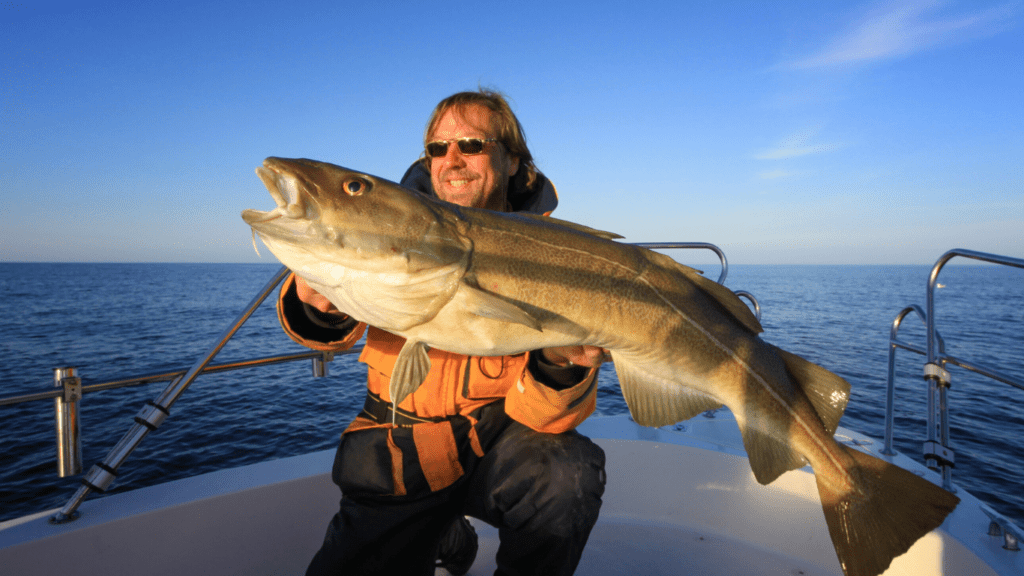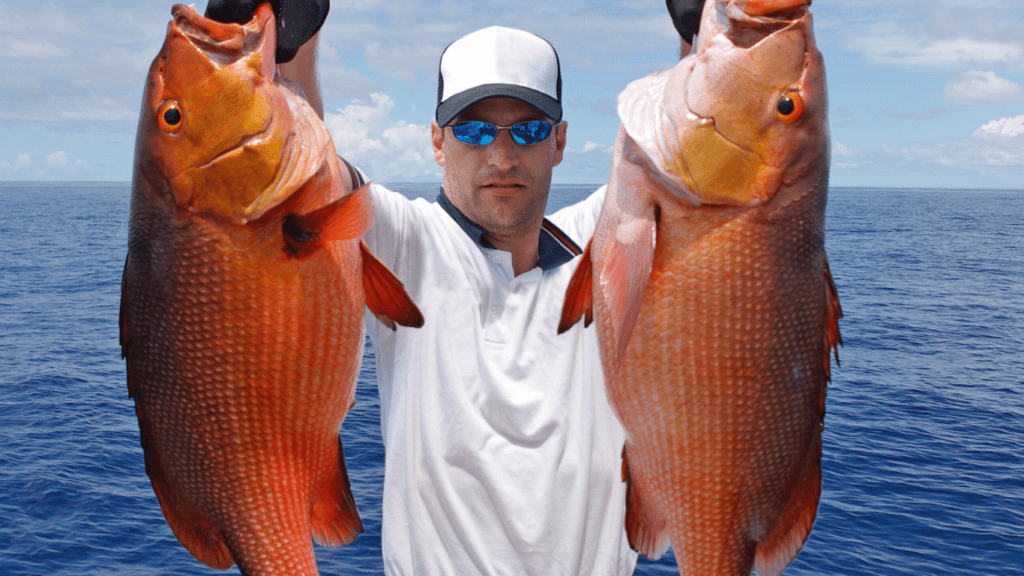Overview Of New Fishing Regulations In 2025
New fishing regulations in 2025 introduce key changes aimed at sustainable fishing practices. These rules focus on species-specific restrictions, revised season timings, and updated equipment guidelines to ensure responsible angling activities.
- Species-Specific Restrictions: Limits on daily catch quantities and minimum size requirements for certain species, such as bass and trout, safeguard fish populations. Overfished species face tighter restrictions or temporary bans based on conservation data.
- Revised Season Timings: Adjustments to open and closed fishing seasons align with fish mating and migration patterns. Some areas may experience shorter windows for fishing, particularly in habitats under environmental stress.
- Updated Equipment Guidelines: Prohibited use of non-biodegradable fishing lines and specific types of bait tackle aims to reduce ecological harm. Mandated barbless hooks for catch-and-release fishing prioritize fish welfare.
These updated regulations promote shared responsibility among anglers. Compliance helps conserve aquatic ecosystems while maintaining access to fishing opportunities.
Key Changes In The 2025 Regulations
The 2025 fishing regulations introduce significant updates to protect fish populations and ensure sustainable angling practices. Understanding these changes helps anglers comply and contribute to conservation efforts.
Updated Catch Limits
Catch limits now focus on specific species, including bass and trout. Daily catch allowances for these species are reduced by 20% compared to 2024 levels. Minimum size requirements are adjusted, with bass requiring at least 15 inches and trout 12 inches in most regions. These changes aim to protect juvenile fish and stabilize breeding populations.
Season Alterations
Fishing seasons in 2025 are realigned with critical periods for fish mating and migration. Stressed habitats like salmon rivers see reduced fishing windows, with openings shortened by an average of 10 days. In regions with overfished species, certain seasons are temporarily suspended, ensuring ecosystem recovery before resumption.
New Licensing Requirements
Licenses now include mandatory education on the new regulations. States introduce species-specific permits for overfished populations like:
- salmon
- walleye
limiting access during peak season. Renewal processes require documentation of compliance with prior regulations to maintain eligibility.
Impact On Anglers
The 2025 fishing regulations bring significant changes that affect how anglers approach recreational and commercial fishing. Adapting to these rules is essential to ensure compliance and support sustainable practices.
Effects On Recreational Fishing
Recreational anglers face stricter limits on key species, like:
- bass
- trout
with reduced daily catch allowances and size minimums. For instance, the 20% reduction significantly changes planning for fishing trips. Shortened fishing seasons, particularly in high-traffic areas like salmon rivers, may reduce access by an average of 10 days, making timing critical.
New equipment mandates require replacing prohibited gear, such as non-biodegradable lines, which can increase costs for anglers relying on traditional setup methods. The shift to barbless hooks for catch-and-release not only changes techniques but also demands updated gear to meet compliance standards. Species-specific permits add another layer, limiting when and where certain species can be targeted, especially during peak migration periods.
Consequences For Commercial Fishing
Commercial fishing operations face heightened challenges, particularly with temporary closures in regions impacted by overfishing. In areas like walleye fisheries, limited access during restoration periods may disrupt supply chains and revenue projections.
Equipment upgrades, especially replacing banned gear, increase operational costs. Licensing requirements now demand compliance documentation for renewals, creating additional administrative burdens. Seasonal restrictions aligning with mating or migration cycles could reduce operational windows, particularly for species-dependent businesses.
Environmental Goals Behind The Regulations

The 2025 fishing regulations focus on preserving aquatic environments and ensuring sustainable fishing for future generations. These changes align with broader environmental priorities, addressing the increasing risks to marine ecosystems.
Conservation Efforts
Protecting fish populations is central to the new policies. Reduced catch limits and minimum size requirements aim to prevent overharvesting species like bass and trout, which currently face significant strain. Enforcing shorter fishing seasons, especially for salmon and other vulnerable species, allows breeding cycles to proceed uninterrupted, supporting population recovery. Gear restrictions, such as the ban on non-biodegradable lines, minimize long-term waste and pollution in waterways.
Education mandates for licensing also foster awareness among anglers. By requiring training on regulatory updates, states encourage informed decisions that contribute to conservation outcomes. Species-specific permits for overfished populations, such as walleye, balance angler access with ecosystem recovery needs, avoiding overexploitation during critical periods.
Protecting Marine Ecosystems
Preservation of aquatic habitats underpins the revised regulations. Seasonal closures in regions with depleted fish stocks, like overfished salmon rivers, reduce human pressure on these environments. This recovery period promotes ecological balance, ensuring habitats remain viable for all wildlife dependent on these ecosystems.
The emphasis on sustainable practices extends to catch-and-release fishing. Mandating barbless hooks reduces harm to released fish, increasing their survival rates and maintaining biodiversity. Additionally, prohibiting harmful bait tackle minimizes ecosystem disruption caused by invasive materials. These efforts collectively safeguard the complex interdependence within marine ecosystems, securing healthier habitats for future aquatic life.





